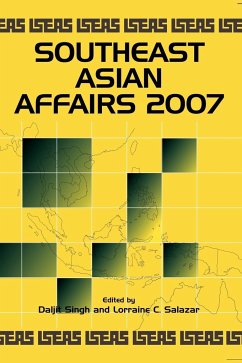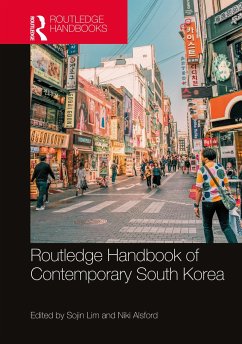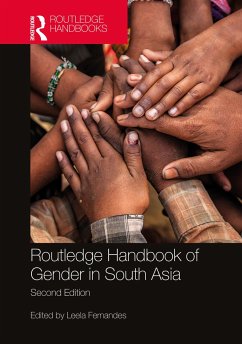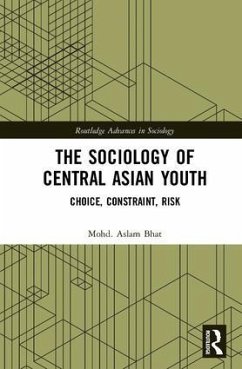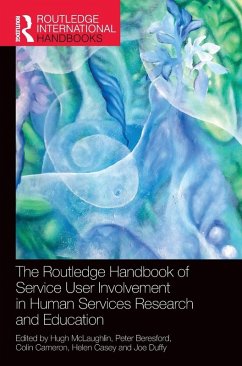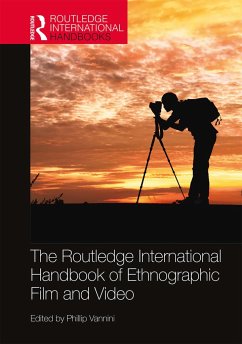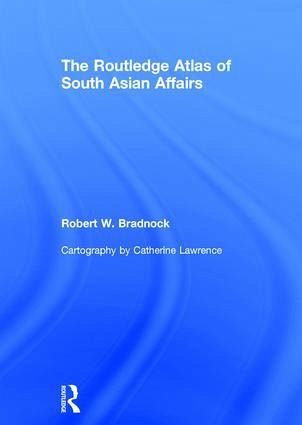
The Routledge Atlas of South Asian Affairs
Versandkostenfrei!
Versandfertig in 1-2 Wochen
265,99 €
inkl. MwSt.
Weitere Ausgaben:

PAYBACK Punkte
133 °P sammeln!
This Atlas highlights the global significance of South Asia in relation to economic, geopolitical and strategic interests. It provides a coherent descriptive and analytical account of the key elements of the complex societies that make up the region and its component countries.





